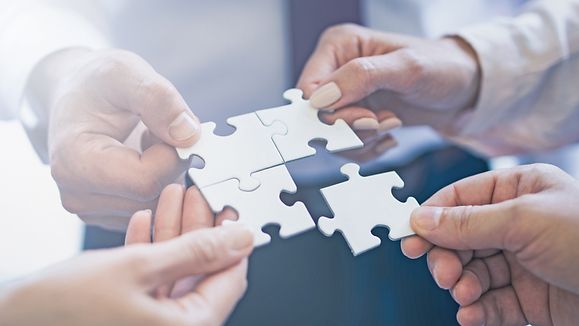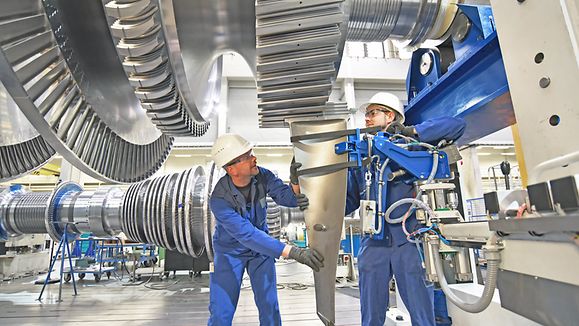sustainable water technology market volume in 2023
Your company is already operating in Germany and you would now like to export worldwide?
Key Facts
Sustainable Water Technology Market
Europe’s Largest Exporter
Germany is Europe’s largest exporter of water technologies – with export volume of almost EUR 1.28 billion in water and wastewater technologies in 2024. The German market for sustainable water management is also Europe’s largest, with EUR 18.8 billion volume in 2023.
Progressive Water Policy
German water protection policy sets the framework for development and innovation in the water sector. The Federal Water Act and corresponding legislation – including the Drinking Water Ordinance and the Waste Water Ordinance as well as a number of local federal state provisions – create the legal basis for a transboundary and sustainable water management market.
Climate Change Demand
In Germany, climate change is creating increased demand for better monitoring of water resources and aquatic systems as well as weather extremes. According to the UBA, more than 90 percent of all major German cities are actively developing concepts and strategies to deal with climate change.
Companies offering these technologies should approach the market now to provide solutions for the future resilient city. The German Strategy for Adaptation to Climate Change sets out the optimal framework for projects and investments. Measures and sought-after technologies include optimized water resource monitoring, flood protection (e.g. “sponge city” concepts), rainwater, and drinking water management solutions. The use of digital technologies in water management is another important driver for protecting critical infrastructure, increasing efficiency and assessing the status of water bodies and their development.
Industry Sectors
Climate Crisis and Extreme Weather Events
The climate crisis and extreme weather events endanger water quality and quality, with heavy rain endangering both life and infrastructure. Droughts have an enormous impact on nature, civil populations and civic infrastructure.
Modern sensors, complex modeling, artificial intelligence, and digital twins offer application potential for optimized IT security, resource management, water flow and quality management and even the optimization of technical plants and processes for water treatment. However, legal questions, such as responsibilities and data protection must be clarified where digital solutions are developed and applied.


